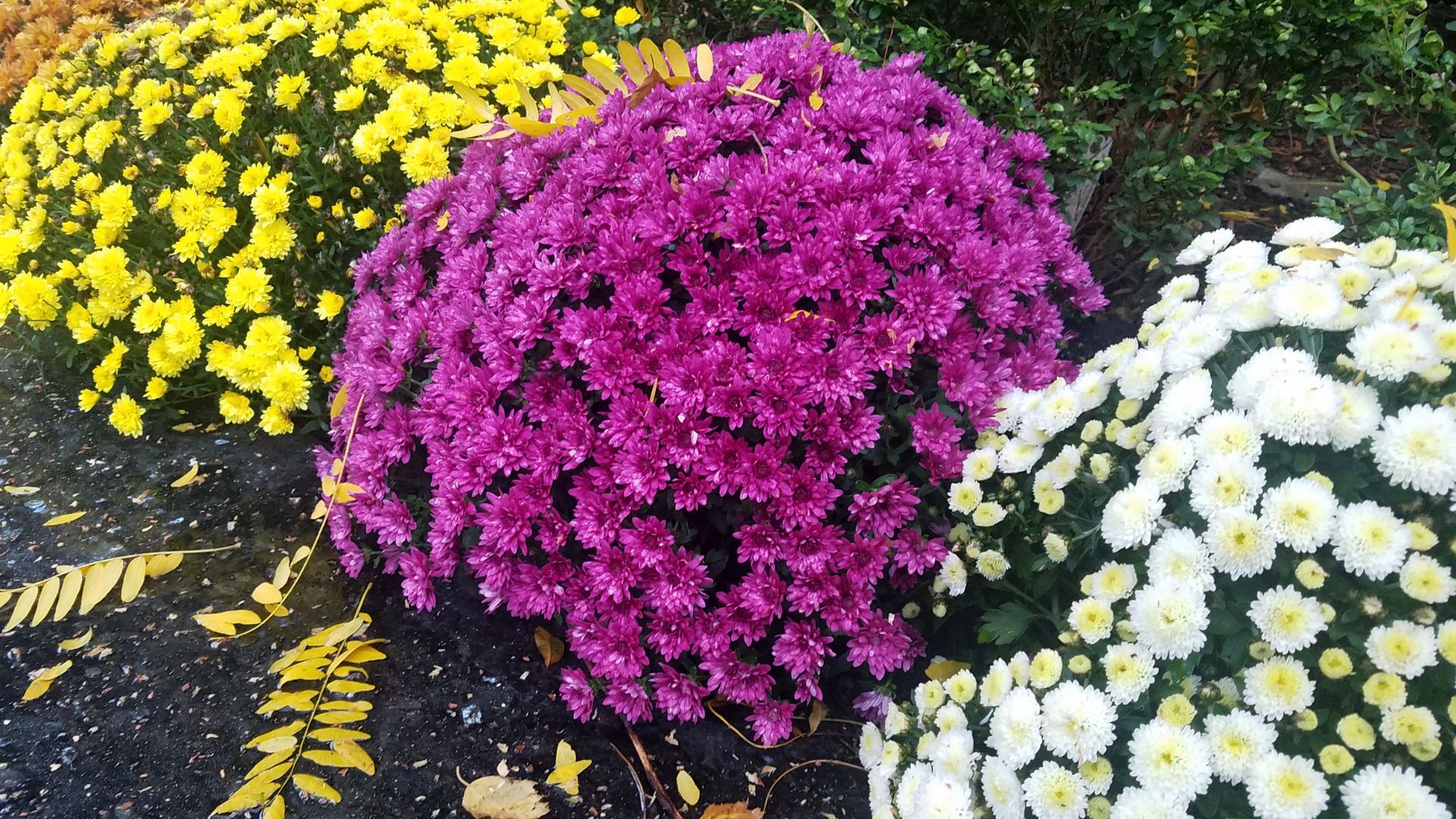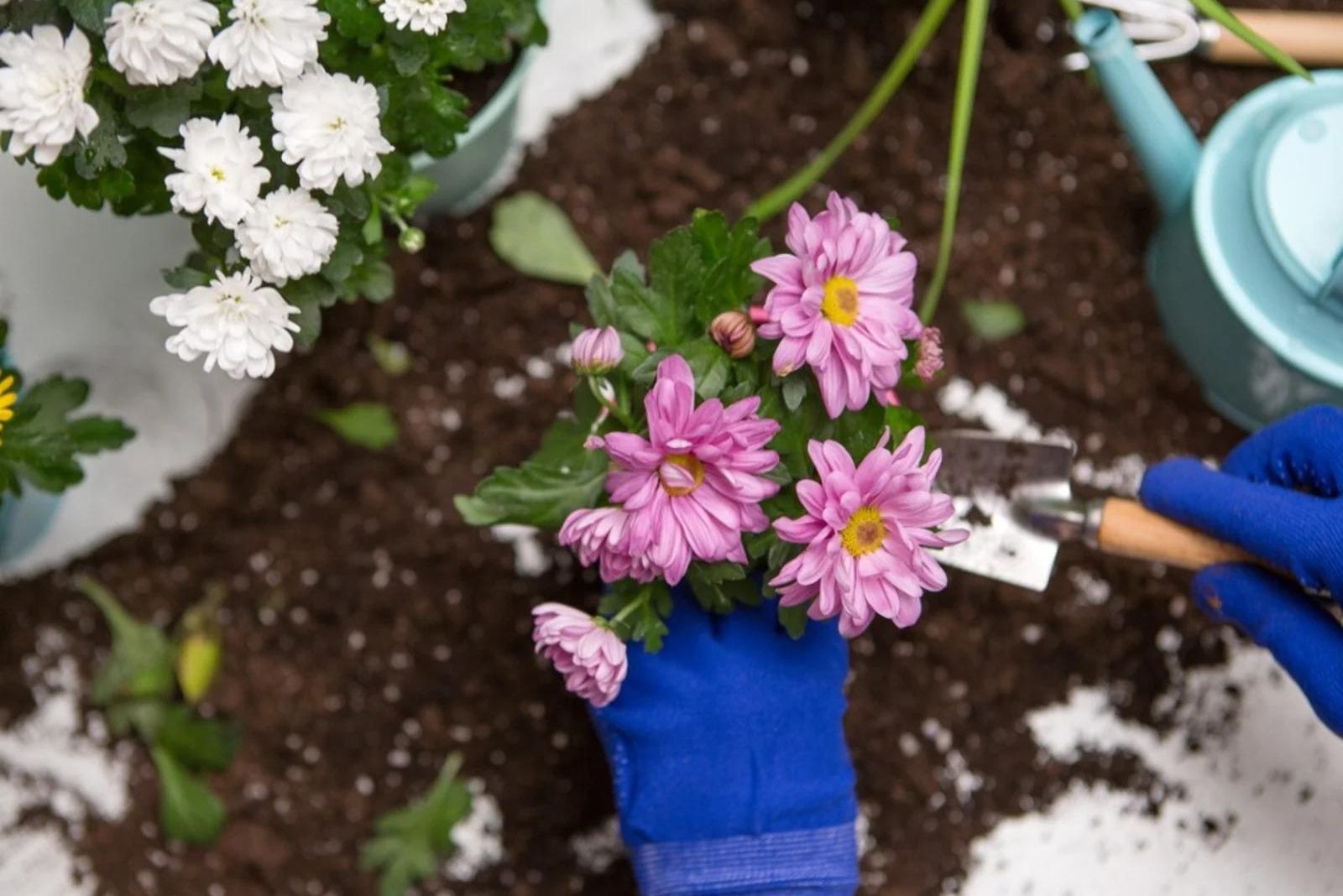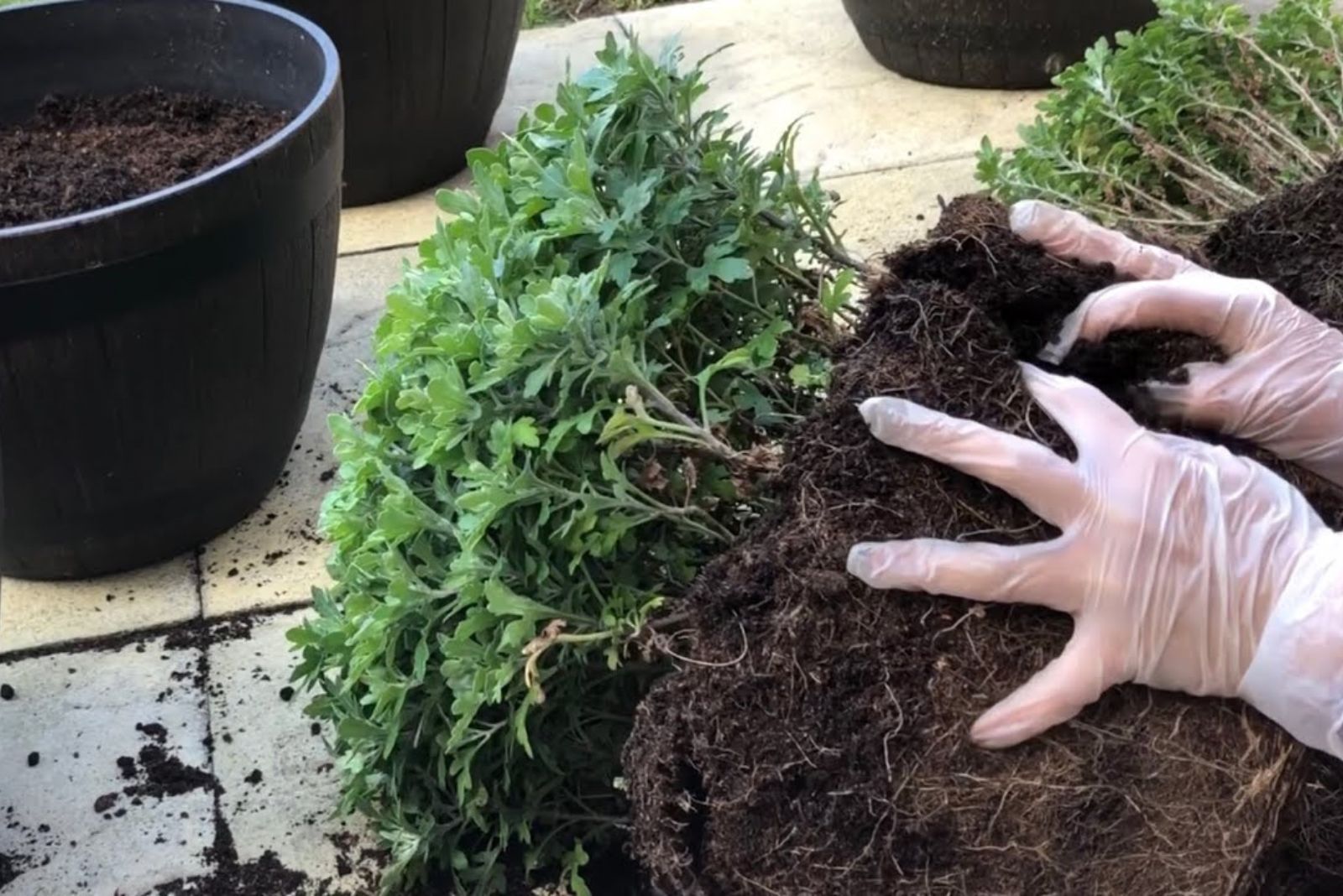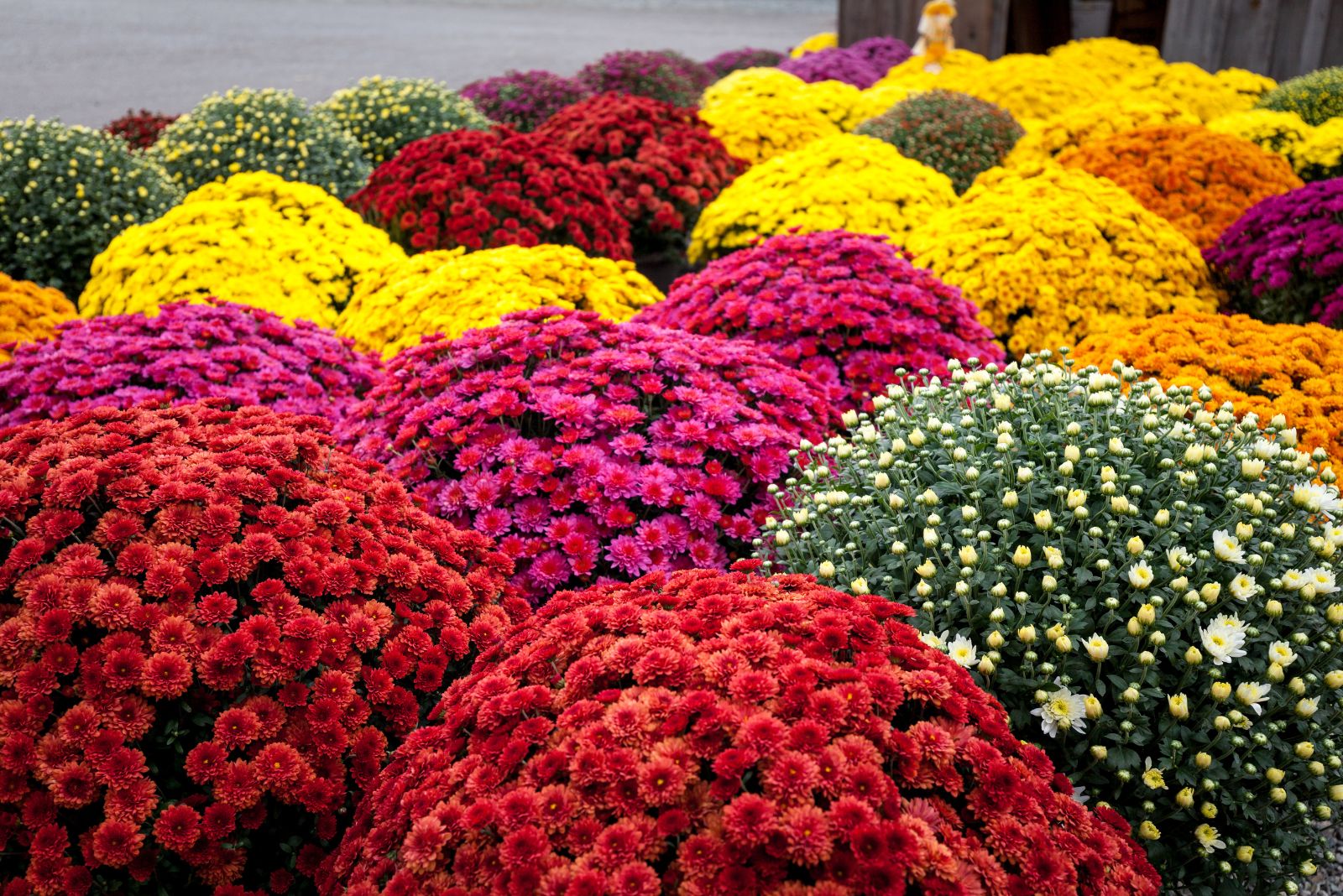Mums (aka chrysanthemums) are one of the most famous fall flowers. They’re extremely low-maintenance, but even such an undemanding plant has certain requirements.
One of them is division. Of course, only if you wish to grow them as perennials.
The good news is that this chore isn’t that difficult, and all you need to know is when and how to do it.
It sounds silly when I put it that way!
But don’t laugh. Keep reading and you’ll be dividing your mums like a pro in no time!
Let’s get started!
When To Divide Mums
It is crucial to know when to plant mums, and the same goes for division. But these two chores have different timings. As far as division is concerned, it is best to do it in early spring.
Once you notice that your chrysanthemums have started to push out new growth, it is time to divide them.
The best practice is to check your hardiness zone and weather forecast. You shouldn’t divide mums just before the frost since that can cause damage to your plants.
How To Do It
There are two ways of dividing chrysanthemums: uprooting entire plants or just taking a few sections.
If the center of your mums is dying, the best practice would be to dig out the entire plant, clean the roots, and use a sharp and sterile knife to separate it into sections.
Discard the dying center afterwards and replant your chrysanthemums immediately.
However, if your plant is fairly healthy and you simply want to have a few more mums in your garden, then you can use a shovel to divide the clumps right in the ground.
Drive the shovel into the soil until you feel the roots breaking and then only uproot the divided sections.
Remember to remove any rotting roots, plant debris, and dying material before planting your new mums.
P.S. Keep them well watered for the first 1-2 weeks, after which the plants will basically take care of themselves.
Here are some more tips for dividing chrysanthemums:
Where To Plant Mums Afterwards
Growing and maintaining mums isn’t difficult, before or after dividing them. However, you need to find the correct place for them after division if you want them to thrive.
These plants need at least 6 hours of light per day in order to thrive, so find a location in your garden that can provide those conditions.
Then, dig the holes, amend the soil with compost or manure, and mix it well into the substrate. Plant your mums in the holes, backfill them with more growing medium, and irrigate these perennials deeply.
The good news about chrysanthemums is that they can grow tall and wide, which makes them suitable for covering up bare patches in your garden.
Therefore, if you’re careful with their placement, you can elevate your landscape in an instant.
Chrysanthemums come in many shapes and sizes, some forming tall clumps, others producing rounded domes, and some bearing elongated stems that wriggle on the ground.
Understanding the growth habit of your variety can help you find the best spot for them to cover bare patches and transform your garden.
Color is another great way to decide where to place your mums, especially if you’re going for a monochromatic or multicolored garden.
But wherever you decide to place these perennials, know that garden mums may produce longer stems than the potted varieties.
The sheer weight of the blossoms may sometimes lead to them drooping and leaning, rather than reaching upwards. In these cases, you may want to thin out your plants and remove some less-than-perfect blossoms.




